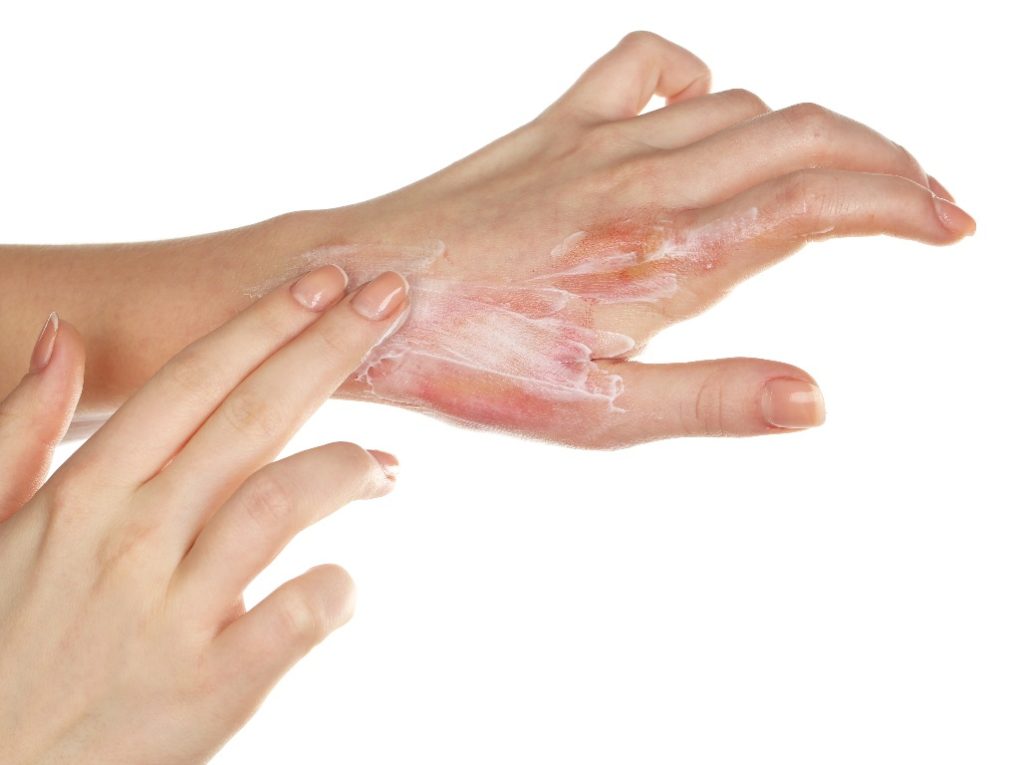Candle wax might seem beneficial for your skin, but proceed with caution. Some beleive it offers advantages, yet scientific backing is limited. Applying candle wax to the skin carries risks like burns, irritation, infections, and blocked pores.
Certain waxes, like beeswax, possess inherent moisturizing qualities. These can aid in softening and nourishing skin. However, numerous specialized products offer similar benefits. They also eliminate the potential risks associated with applying candle wax directly to the skin.
Benefits of Candle Wax for Skin
For ages, candle wax has been a staple in diverse beauty routines. Despite some reservations about its use on skin, it offers numerous advantages. Explore the skin benefits of candle wax detailed below:
Moisturizing Properties
A key advantage of applying candle wax to your skin is its hydrating effect. Paraffin wax, in particular, deeply moisturizes, maintaining skin hydration long after use. It also aids in pore opening and the removal of dead skin,resulting in a soft,smooth skin texture.
anti-inflammatory Properties
Specific candle waxes,like beeswax and soy,offer anti-inflammatory benefits,soothing irritated skin. Beeswax naturally contains anti-inflammatory agents, minimizing redness and swelling. similarly, soy wax can alleviate inflammation from acne and various skin issues.
Antibacterial Properties
Beeswax, a type of candle wax, boasts antibacterial qualities. These properties can combat harmful bacteria responsible for acne and various skin infections, as highlighted by Dr. Axe. Beeswax includes propolis, a natural compound. Propolis exhibits antimicrobial effects,promoting clean and healthy skin.
Types of Candle Wax
Selecting candle wax involves navigating diverse options. Each wax boasts distinct qualities and advantages. The three most prevalent choices are:
Soy Wax
Soy wax originates from soybeans, a lasting and natural resource. Its clean and slow burn makes it a favorite for candle making. With a lower melting point compared to other waxes, soy wax is ideal for container candles. Furthermore, soy wax candles are celebrated for their excellent fragrance release, perfect for aromatherapy applications.
Beeswax
Honeybees naturally create beeswax, a wax boasting a delicate honey aroma and a lovely gold hue. Beeswax candles offer a clean burn and release negative ions, potentially improving air quality. Their extended burn time also makes them a cost-effective and enduring lighting option.

Paraffin Wax
Paraffin wax, a petroleum byproduct, remains a popular and budget-kind candle choice in 2025. Its strong scent diffusion and radiant flame are well-known. However, being an unnatural substance, burning paraffin can release potentially harmful chemicals.For eco-conscious consumers or those prioritizing health, exploring alternative wax options is advisable.
Selecting the right candle wax involves assessing your specific requirements. Whether you prioritize natural ingredients, intense fragrance diffusion, or budget-friendliness, there’s a wax type suited for you.
Potential Risks of Using Candle Wax on Skin
Skin Irritation
Candle wax, seemingly benign, can irritate sensitive skin.Its petroleum-based composition may clog pores, triggering acne. Certain candles also contain fragrances or dyes, which can exacerbate skin irritation.
Before applying candle wax to your skin, perform a patch test on a small area. This helps determine if you’ll have an adverse reaction. Redness, itching, or irritation indicates that candle wax is unsuitable for your skin.
Toxic Fumes
Burning candle wax can release harmful fumes, posing another potential risk.Chemicals like benzene and toluene may be emitted. Inhaling these substances over time can lead to respiratory issues and other health concerns.
Even though candles release minimal chemicals when burned, understanding potential risks remains crucial. If you have respiratory issues or other health concerns, avoid applying candle wax to your skin.
burns
From practical observation, applying candle wax to skin can lead to burns if the wax is excessively heated. Direct contact with hot wax can inflict instant discomfort,potentially causing skin reddening,blistering,or lasting scars. To avoid burns, always verify the wax temperature before skin request. Prior to widespread use, test the wax on a limited skin area to ensure it’s suitably warm.

Always adhere to the candle wax product’s guidelines to lower burn or injury risks. If burned, quickly cool the area with water for 10-15 minutes. Seek medical help if needed.
infections
Applying candle wax to skin can cause infections if hygiene isn’t maintained. Always clean skin thoroughly before waxing to remove dirt and bacteria. Neglecting this can lead to bacterial or fungal infections, notably in areas prone to sweat and moisture.
Thorough skin cleansing before waxing is key to reducing infection risks. Use a mild cleanser, soap, and warm water to prep the area. Don’t wax skin with cuts, scrapes, or open sores, as these are more susceptible to infection.
Clogged Pores
Applying candle wax to your skin may clog pores.The wax can obstruct pores, hindering skin respiration. This blockage can cause oil and bacteria accumulation, potentially leading to breakouts and skin issues.
It’s crucial to ensure your skin is clean and dry before waxing. This prevents clogged pores. A mild exfoliating scrub, for instance, can eliminate dead skin cells that block pores. Also, use a waxing product designed for your skin type. Avoid products that are too heavy or oily.
